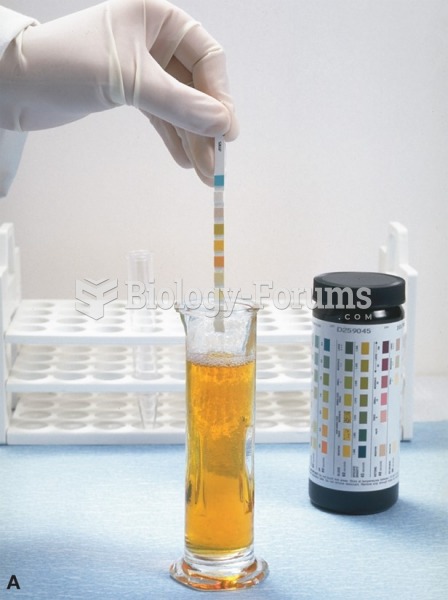Answer to Question 1
Answer: More people live in the CBDs of European cities than those of the United States. Wealthy people are especially attracted to residences in European CBDs. A central location provides proximity to the region's best shops, restaurants, cafes, and cultural facilities. Wealthy people are also attracted by the opportunity to occupy elegant residences in carefully restored, beautiful old buildings.
To serve these residents, European CBDs contain consumer services, such as markets, bakeries, and butchers. Some European CBDs ban motor vehicles from busy streets, thus emulating one of the most attractive attributes of large shopping mallspedestrian only walkways.
On the other hand, European CBDs are less dominated by business services than U.S. CBDs. European CBDs display a legacy of low-rise structures and narrow streets, built as long ago as medieval times. The most prominent structures may be churches and former royal palaces. Some European cities try to preserve their historic CBDs by limiting high-rise buildings. After several highrise offices were permitted to be built in Paris, for example, the public outcry was so great that officials banned further ones.
Answer to Question 2
Answer: The U.S. Bureau of the Census created a method of measuring the functional area of a city, known as the metropolitan statistical area (MSA). The area of influence of a city extends beyond legal boundaries and adjacent built-up jurisdictions. For example, commuters may travel a long distance to work and shop in the city or built-up suburbs. People in a wide area watch the city's television stations, read the city's newspapers, and support the city's sports teams.
An MSA includes an urbanized area of at least 50,000 inhabitants; the county within which the city is located; and adjacent counties with a high population density and a large percentage of residents working in the central city's county.
The census designated 366 MSAs as of 2009, encompassing 84 percent of the U.S. population. The census has also designated smaller urban areas as micropolitan statistical areas (SAs). The Greek letter _ or mu stands for micro-. These include an urbanized area of between 10,000 and 50,000 inhabitants, the county in which it is found, and adjacent counties tied to the city. The U.S. had 576 micropolitan statistical areas in 2009, for the most part found around Southern and Western communities previously considered rural in character. About 10 percent of Americans live in a micropolitan statistical area.







